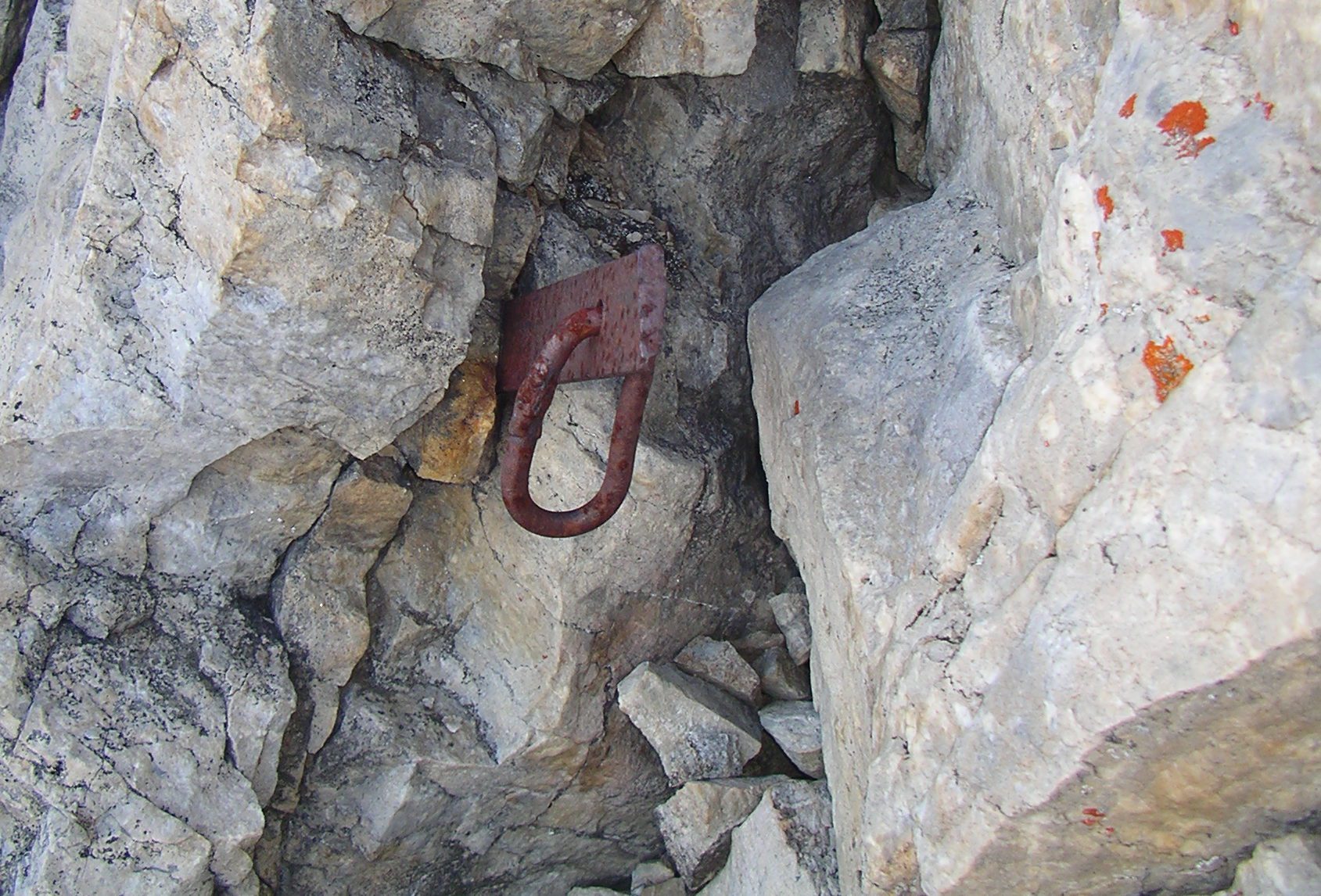10 Tips for Fall Alpine Climbing in the Canadian Rockies
Fall brings frozen choss, ice lines and nearly perfect conditions for climbing on certain alpine routes

The Canadian Rockies are a series of mountain ranges that run north along the continental divide from the US/Canada border. They sit in western Alberta and eastern B.C. and have a high concentration of world-class alpine routes.
The tallest peak is Mount Robson at just over 4,000 metres, but most mountains are a few hundred metres shorter. The Canadian Rockies get colder than other famous mountain areas, so by early October, it can feel very wintery in the alpine.
While fall is often when rock climbers chase south-facing crags and ice climbers switch to drytooling, it’s also one of the best times of year to attempt big alpine routes. There are several classic lines that come into shape this time of year with endless potential for moderate to complex days out. Below are some tips and reminders before heading out.
Start small: To fine tune the skills you need for fall alpine, start small and on a route well below your comfort level. When you factor in the approach, descent and route finding, that mellow-for-your grade can pack a punch,especially with short and cold days. Most alpine climbs include some glacier travel, so select routes with low-angle and uncomplicated terrain to start. Stay roped up on glaciers. Early fall snow can make crossing them complicated, so take your time.
Alpine Start: Alpine climbing is all about leaving early for the climb, which can lead to failing early to avoid any harsh conditions. It’s safer to be off the mountain if things don’t feel right than high on a face when the lightning storm starts. The sun rises later in fall, so bring headlamps and extra batteries. Have a plan and stick to it. If you’re falling behind or moving slow, then bail. You want to start and be off the face, generally, before the sun hits it.
To Charge or to Bail: Being keen is what got you to the base of an alpine route, but being smart will up the chance that you’ll climb another day. Weather, routes conditions and psych are three of the biggest factors that stop your climb before it starts. More than one top alpinist has approached for hours only to turn around and walk back to the car for one reason or another. Go with your gut feeling and listen to your partner. There’s very little room for error in alpine climbing, there’s even less when you’re alpine climbing in fall.

Boot Selection: The conditions and route will determine your boot selection. While lightweight approach hybrid style boots are good for some alpine climbs, ice faces such as the North Face of Athabasca require a stiffer option that can handle a lever/bail crampon. You don’t want the heaviest duty boot, instead a lighter option that breathes well. In the Canadian Rockies, it’s best to wear light technical ice climbing boots that have a front and rear welt for lever/bail crampons. It’s going to be cold in the alpine on fall days, so have warm socks and bring extra. Have a snug change of footwear, like The North Face Nuptse Après Booties waiting in the car for after your climb.
Manage Your Time: Factor in the fact that your approach will take longer in fall than you think, and the descent sometimes doesn’t go as planned. Always try to be moving. Consider simul-climbing when the days are short, but only if you have experience and the conditions allow it. You and your partner need to be a well oiled machine of efficiency.
Bring a Hammer and Pitons: It’s 2023, but you might find yourself clipping into a piton from 1970. With snow accumulating in the mountains by late September, you’ll likely be faced with snowy cracks. If you’re bringing ice tools then make sure one has a hammer. Many fixed pitons can wiggle out over time, so give them a few bangs with your hammer before clipping in. It’s also recommended that you bring a selection of pitons when alpine climbing in the Canadian Rockies.

Big Puffy Coats: With temperatures well below zero, you’re going to want some warm layers. You won’t regret bringing a big puffy coat, like The North Face Pumori Down Parka. Remember that you’ve been rock climbing for the past few months and the sudden drop in temps will feel extra cold. Having a big jacket that you can wear at belays or while on the move will help you climb safer.
Mitts and Gloves: Every good alpinist has a big selection of mitts and gloves. Have different thicknesses, and be sure that they’re flexible and that they have a wide range of motion. You might have to climb a juggy wall or jam a hand crack without the gloves on, so come up with a system where you can quickly put them back on after the crux moves. Some climbers clip them onto ice clippers that are fixed to their harnesses.
Pack a Stove: Not all alpine climbers bring stoves on summer routes, but having one on fall climbs can be a game changer. Stopping to make a brew mid-route or on the descent is a quick way to get morale back up. Leave a thermos with hot tea waiting for you in your car.
Prepared for Anything: Alpine climbing in the fall is a mixed bag, so always suss your objective before attempting it. Arrive the day before and take a look using a pair of binoculars. That will help you to know what to bring. Will you need ice screws? Is there early season avalanche danger? Are there tracks to the base from a recent attempt? Should you pack a bivy bag? By being prepared for anything, you’ll be able to adapt quickly to conditions.



